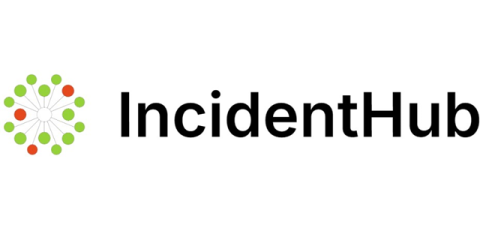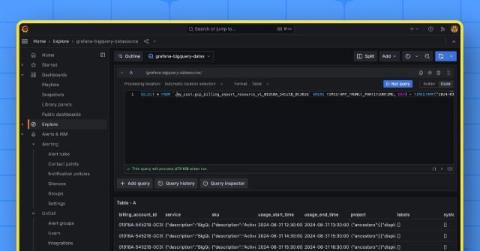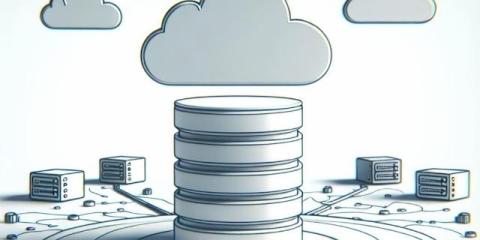What Are SLMs? Small Language Models, Explained
Large language models (LLMs) are AI models with billions of parameters, trained on vast amounts of data. These models are typically flexible and generalized. The volume and distribution of training data determines what kind of knowledge a large language model can demonstrate. By training these large models on a variety of information from all knowledge domains, these models can perform sufficiently well on all tasks.











